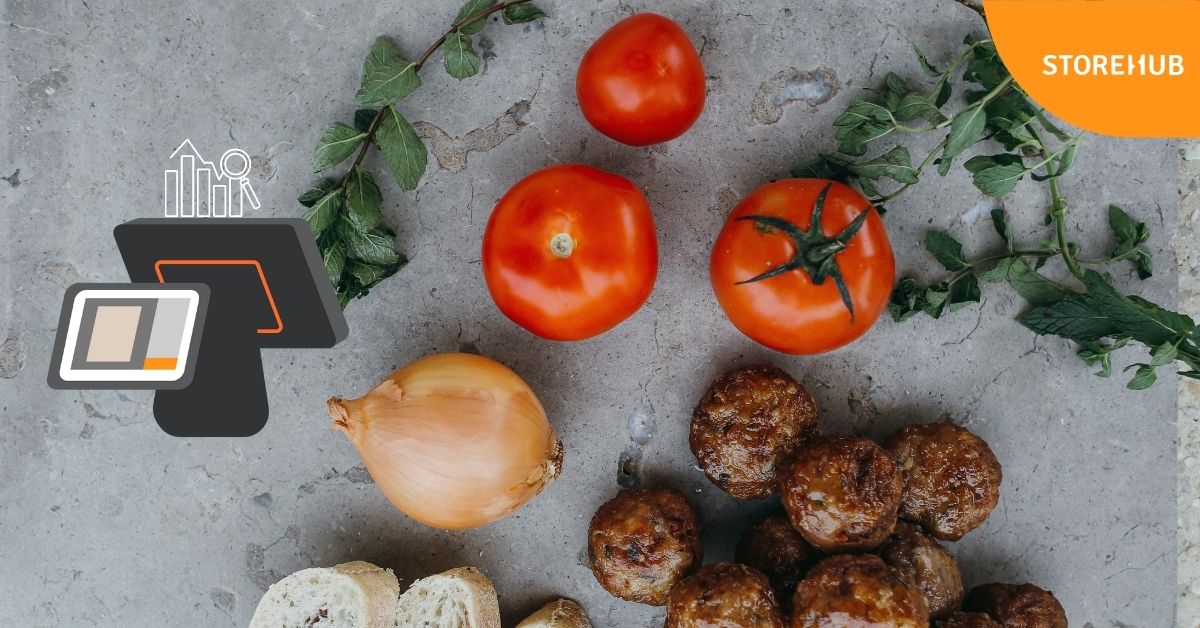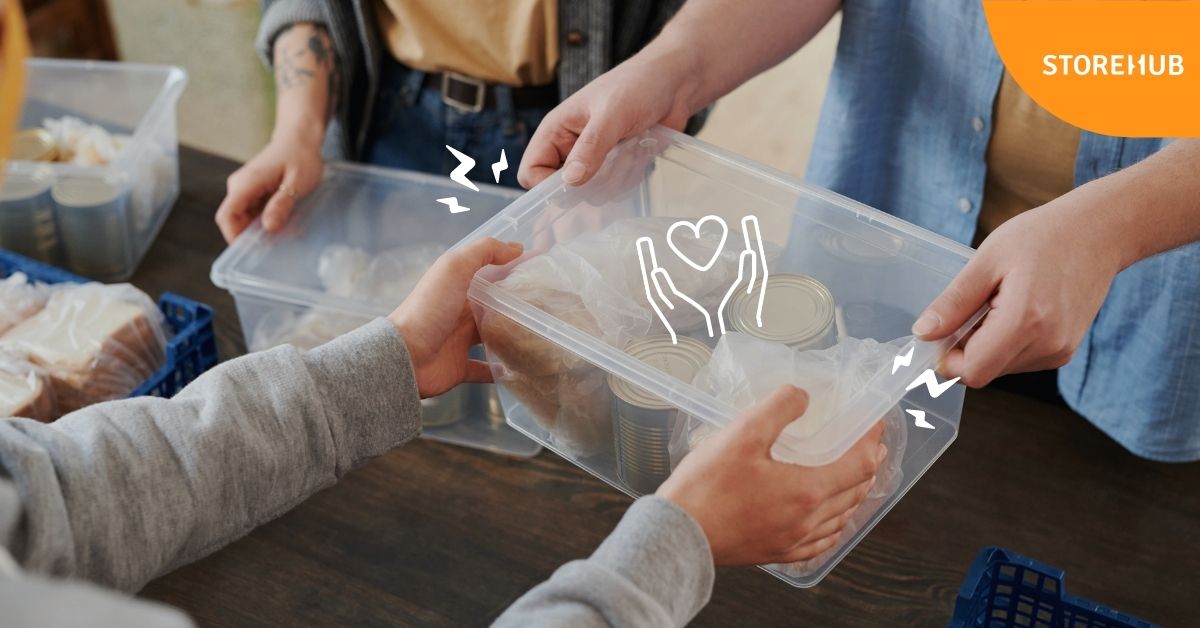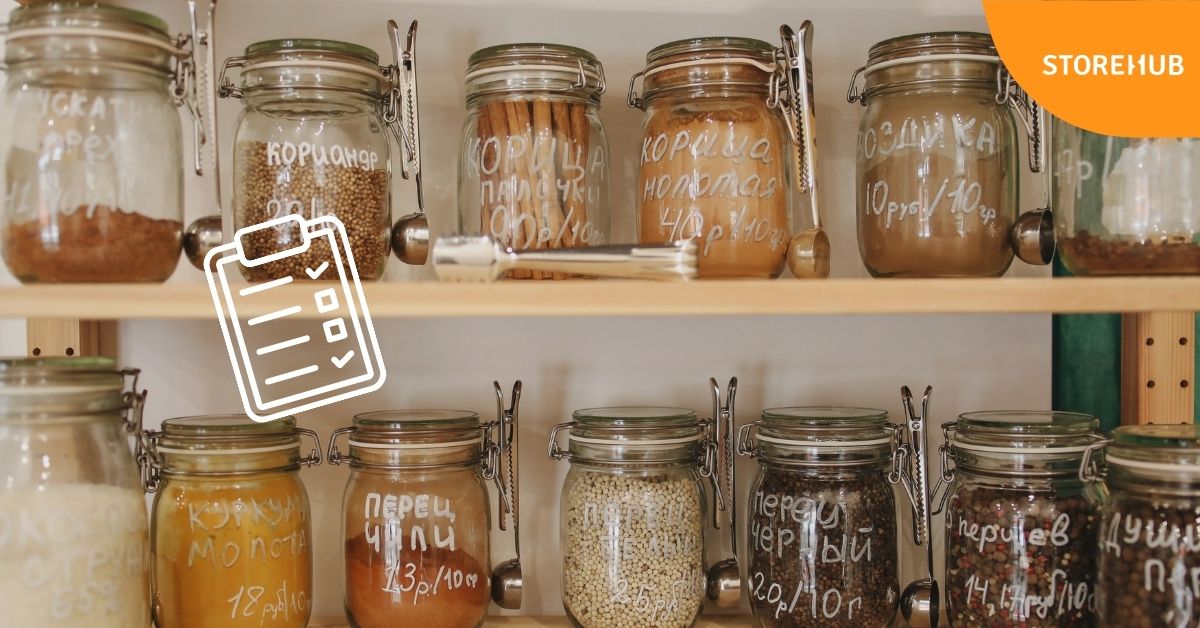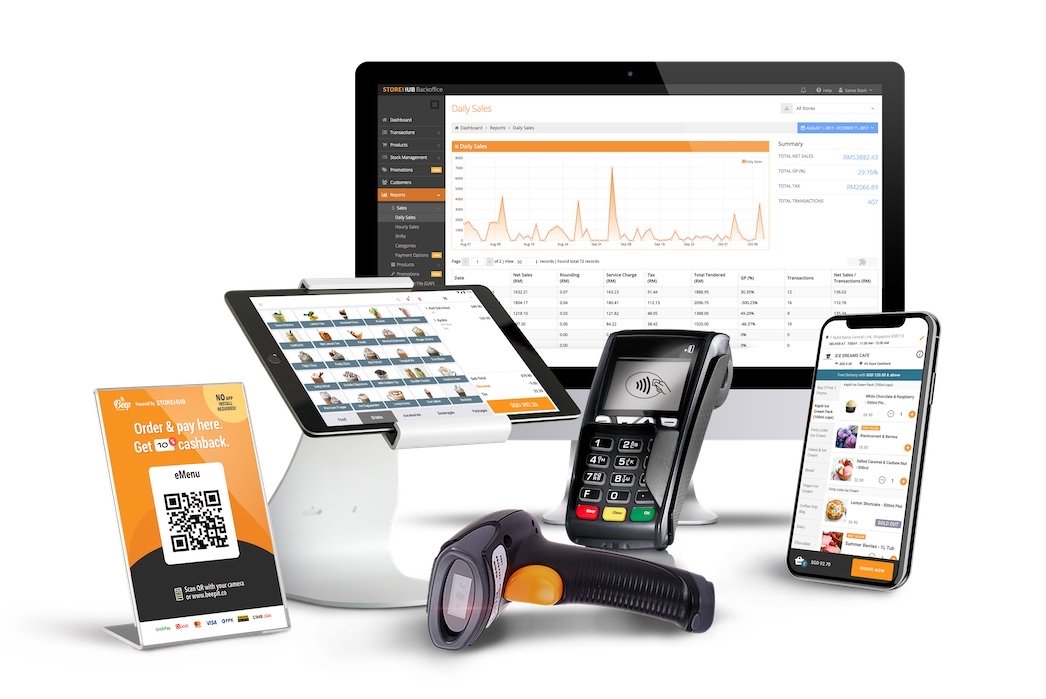According to the Solid Waste Management and Public Cleansing Corporation (SWCorp), Malaysians produce enough food waste to fill seven Olympic-sized swimming pools every day. The most surprising part? 45% of this is daily domestic waste!
Food waste is a global problem, and the onus is placed not only on individuals but also on F&B business owners to be able to manage this efficiently. During times like these, running a sustainable business is of utmost importance. Having to deal with large amounts of food waste takes away precious time and resources that could be better spent on building a scalable business.
We’ve got you, though – here are some strategies you can apply to help you manage and reduce food waste in your restaurant.
Table of content:
1. Start by accurately tracking stock data
4. Proper storage of food and ingredients
1. Start by accurately tracking stock data

Photo by Rachel Claire from Pexels
Do you tend to overstock ingredients for your unpopular dishes or menu items? This is more common than you think.
It seems like your customers love those dishes and you feel like you always need to stock up the ingredients to be ready to sell all the time. Then, it turns out those dishes are not actually your best-selling items – so you end up not using those ingredients that you’ve just stocked. This is what leads to food wastage in the end.
Having accurate stock data will help you with more efficient stock management, guiding you to make better decisions about your inventory.
Pro Tip: StoreHub Ecosystem helps you to keep track of your products and ingredients more seamlessly with its powerful stock management feature.
- Composite inventory – accurately tracks ingredients used for each menu item.
- Low stock notification – automated email alerts allow you to oversee stock levels directly from BackOffice.
- Stock transfer – easily manage and monitor the movement of your inventory between your stores.
2. FIFO (First In, First Out)

One of the best strategies to prevent food wastage and spoilage of ingredients is through FIFO, or the First In, First Out method. It is a critical first step in reducing food waste in your F&B business.
How does FIFO work?
The principle of FIFO is as straightforward as its name; “First In, First Out”.
You will need to arrange your oldest inventory of ingredients in front of the rest so that you can use it first. This prevents you from having to throw away spoiled food.
Factors to consider when implementing the FIFO method include:
- Date of purchase for fresh ingredients such as vegetables, fruits, etc.
- Expiry dates for milk, cheese, meat, etc.
By bringing the oldest ingredient inventory to the front of your kitchen shelves and storing new stock at the back, you’ll be able to minimise food spoilage.
3. Distribute excess food

Photo by Julia M Cameron from Pexels
Having leftover food is an inevitable part of running an F&B business – it’s managing this excess is what many restaurateurs struggle with. It’s always wise to formulate a plan on what to do with your leftovers so that you avoid wasting perfectly good food by throwing them away.
Why not try feeding the hungry instead? One of StoreHub’s restaurant partners, The Humble Food Company, bounced back from a 95% revenue loss during the first Movement Control Order (MCO) by distributing food to the needy and urging customers to do the same.
Here are some food banks that you can reach out to:
In doing this, you will also be entitled to tax exemptions, which could help you to lower operating costs.
4. Proper storage of food and ingredients

Photo by Polina Tankilevitch from Pexels
Not all food or ingredients can be stored at the same temperature. Some may require different environments and optimal storage conditions in order to stay fresh.
For example,
- Fresh fruits and vegetables need to be stored at low temperatures between 0 – 12°C.
- Beef must be kept at between -2°C and 2°C.
- Fresh milk should be stored at between 0°C and 4°C.
By storing your food and ingredients at their optimal temperature, you’ll reduce food waste and the cost required to buy new ingredients – it is also easier for you to store them for a longer time and plan out your menu according to what is needed.
Be sure to also categorise your food and ingredients, labelling them with different colours or according to a naming convention that is easily understandable for you and your team. This will make it easier for your kitchen staff to identify the storage areas for each ingredient.
When you are able to maintain the freshness and taste of your food by storing them at their optimal storage conditions, you’ll also find that your food will taste as good as it’s supposed to – this means your customers can enjoy the food to its fullest!
5. Staff training

Photo by Gary Barnes from Pexels
The most important resource you’ll need to consider when reducing food waste is your staff. They are the ones who work directly in the kitchen and frequently face customers to understand their needs. Therefore, it is critical that you train your front of house and back of house staff to manage food properly so that they can help reduce food waste.
Here are some things you can educate them on:
- The portion of each dish
- Amount of each topping
- Sizes of meat and poultry
- How they can use each food item or ingredient for other dishes
With proper staff training, you’ll be able to prevent them from overusing ingredients and reduce food waste, which could then also help you to reduce operating costs.
Reducing food waste starts from you
To effectively reduce food waste, you need accurate data and the application of the right strategies like FIFO, a plan to distribute your leftover food or ingredients, learning optimal storage conditions, and also staff training.
This is why the StoreHub Ecosystem is the solution you need to bring you a step closer to that. With StoreHub, you can keep track of your stock and composite inventory accurately, identify best-selling menu items, enable food delivery, manage employees, and more!
If you have more tips on how to avoid food wastage, let us know in the comments section below – we’d love to hear from you! It’s time to reduce food waste, spend money on the right necessities, and save the environment together.
Power your F&B business with StoreHub’s all-in-one restaurant management system now





